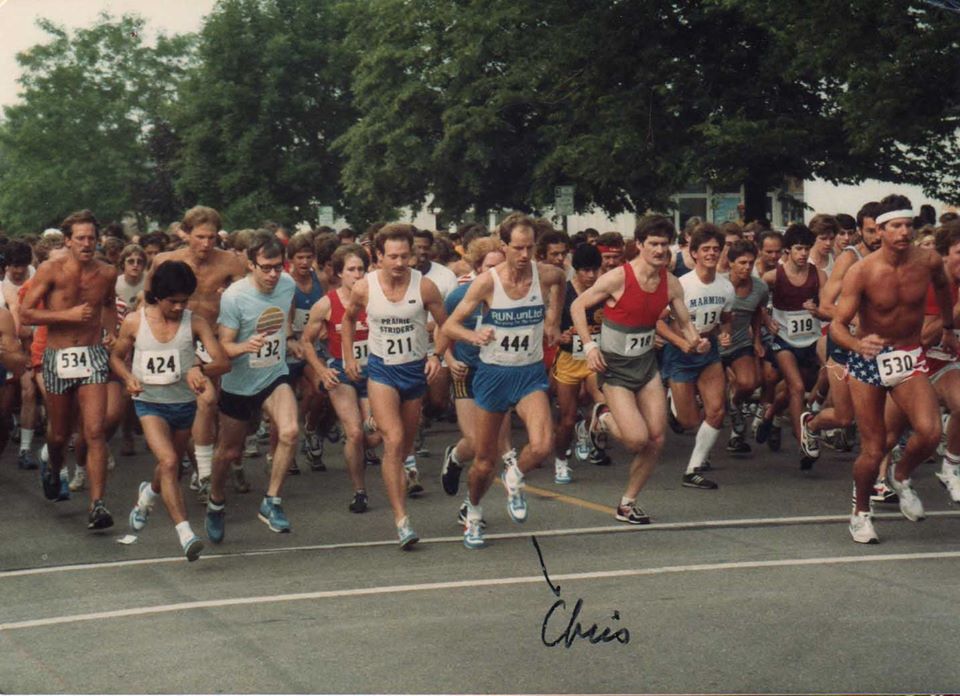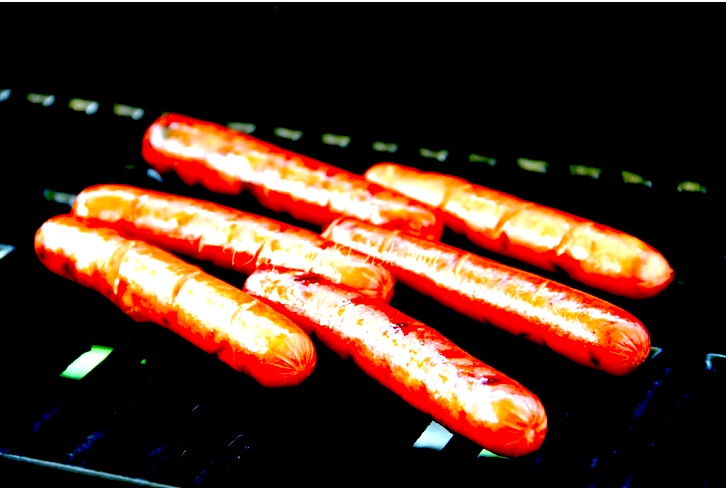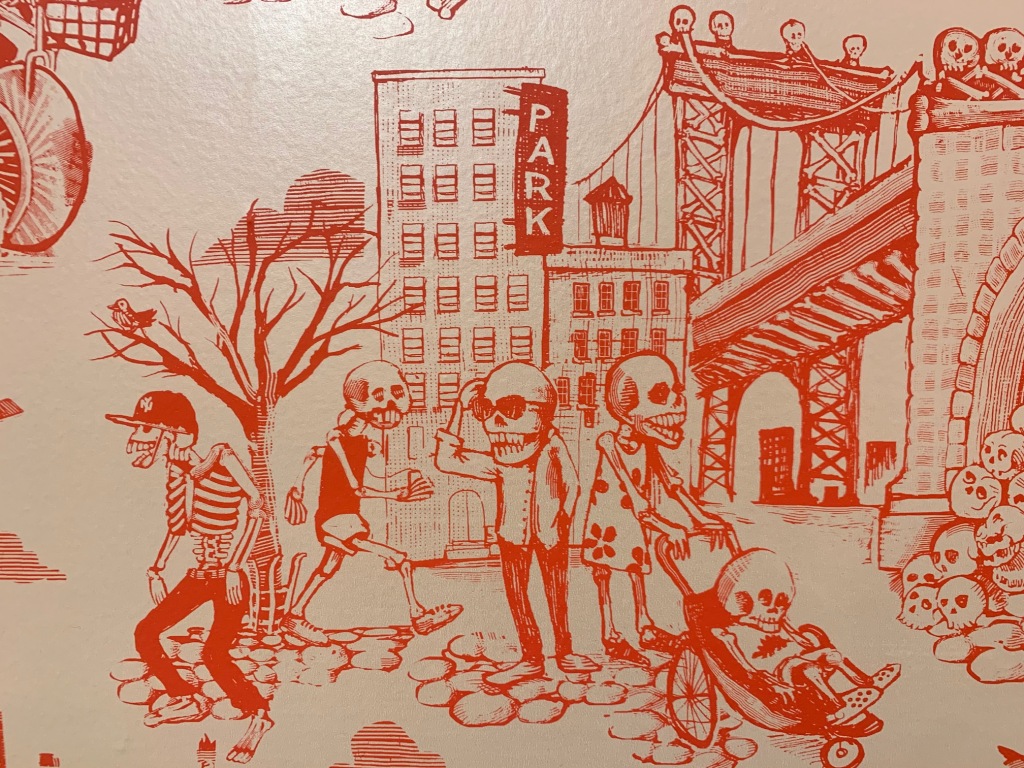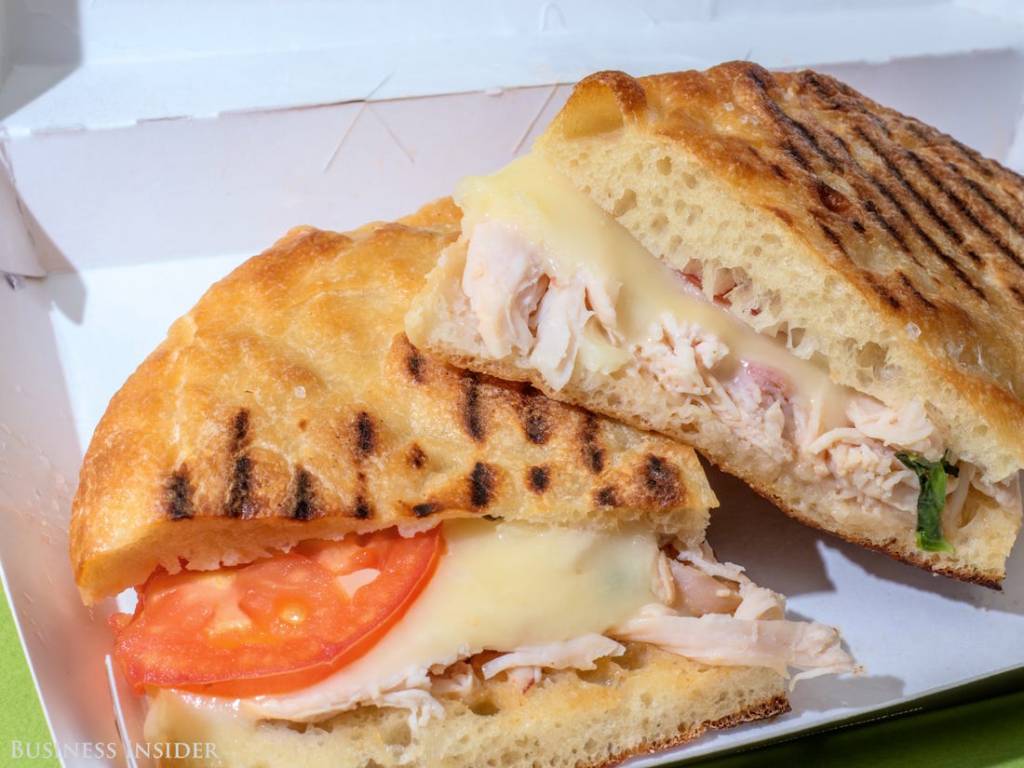
In the middle of the night I woke up from a dream in which I found myself in charge of a large crowd of people trying to check out of a grocery store. The lines stretched back and doubled and tripled up to the point where I started staging people in pods with the promise that I’d help everyone get through and checked out.
Then I made my way through the crowds to check on the people working the checkout counters. One was a frazzled gal physically at her limits, working hard to pass things along to the baggers as she methodically punched the grocery items into the digital register.
All the while I sensed that things were ultimately going to be in control. Perhaps that’s because I’ve been in situations before where crowd control was in my hands.
Hot Dogs for Summer Reading

I think of a day at the Kane County Cougars minor league baseball park. All summer long I’d been in charge of a reading program that I conceived and implemented. More than 1500 families had registered to accept the final prize, a free admission for their child that came with a hot dog, chips and a beverage for completing the program. That afternoon I called to inform the General Manager of the ball club that we had 1500 families arriving at 6:00 p.m. to check into the ballpark. He must not have believed me.
The system for checking the folks into the game was not working. They only had one attendant going through the passes, so the line of families stretched back through the parking lot like a human snake. I corralled the GM and said “Come with me!”
We stepped outside the stadium and I told him, “See those people? They’re all here to attend the game because our reading program worked. We don’t want bad publicity. You’d better get some more people assigned to the gate.”
“And cook a few more hot dogs,” he blurted back.
“Yes,” I told him. “A lot more hot dogs.”
Fortunately we got people through the gate fairly quickly and the stadium crew fired up a couple more grills and started cooking hot dogs.
Calming the crowd

In the meantime, I walked the line of people to assure them there was a plan now being implemented. I was honest with everyone. “They weren’t quite ready for the success of this program,” I told one disgruntled parent. He seemed to appreciate the truth.
Then I noticed a child sitting on a parking lot curb reading a book. I stopped to talk with his mother. She told me, “We agreed that I’d submit his final book on the chart, but only if he promised to finish it before we got in the gate. So he’s reading like crazy.”
I walked off smiling at that one. A week later I was standing with the General Manager at another ballgame when a pair of men that had entered a fan contest to entertain the crowd jumped up on the dugout roof and stripped off their sweatpants and shirts to revealed a matching set of black lingerie underneath. They danced and gyrated to the music blaring over the stadium sound system while waving their excess clothing like a pair of cheap-rate strippers. I turned to the General Manager and asked, “What’s the craziest thing you’ve ever had happen at the ballpark?”
He turned to me with a grim grin and just a bit of admiration for the performers and said, “You’re looking at it.”
You can never quite tell what some people in the crowd will do when the rules are relaxed a little.
Oscars Night at the Movies
I once organized an Oscars Night at the Movies in collaboration with an antique local movie venue. Nine hundred people showed up, including a rather drunk quintet of middle-aged gals falling out of their dresses and determined to get the best seats in the house. I made that my first priority of the evening.
Then a determined guy with bad shoes and an even worse wardrobe started badgering me about when and where the prize drawings were going to be held. He followed me around the venue everywhere I went, darting in to ask the same question. I finally pulled him aside and said, “Guess what? You just won!” Then I took him to the back of the hall, handed him one of our provisional prize packages in case there was a mixup, then shook his hand feverishly as if he’d just won the lottery. He was ecstatic.

Then I called the company vending the event, our local Panera Bread, because the crowd in attendance was much larger than we anticipated. I’d worked with their organization for several years as they were the lead sponsor for an even larger summer reading program that I’d organized. It grew from 35 public libraries and 50,000 kids to 175 public libraries and 375,000 kids. From the get-go Panera was the lead incentive to encourage kids through the early stages of the program.
Yet they also stepped up for special events outside that commitment, hence their partnership with our Oscars Night at the Movies event. We’d ordered food for the estimated 500 people we expected. When 900 showed up, Panera swung into action and delivered the increased order with only a few minutes delay. I have forever been impressed by that. Staring at crowds of hungry people eager to have fun and expecting it on demand is not all that fun. Thank you, Panera Bread. I dine there regularly and have visited nearly every store in the Chicago region over the years, both franchise and corporate.
At the Races
During my time as a runner, I’ve also had occasions to organize road races, including one event where approval was given by the City Council to send a race through a local city park. Only they misplaced our permit and on race day, I showed up early in the morning to find our race coursed covered by an art show with tents and artist displays parked all over the trail where the race was supposed to go.
It was too late to change the course, so I walked through the park to let the artists know what was coming. As an artist myself, I felt for the folks drinking their coffee on a quiet summer morn as the sun was just coming up. I walked tent-to-tent explaining the situation, and most folks were understanding. But one panicked woman was adamantly against the idea. At that point, frustrated by the city’s snafu, I had no mercy left. “Well get ready because in two hours there will be five hundred runners coming through and they’ll be on the the trail for about two hundred meters.”
Following the race I took quite a bit of grief from the running community. “How could you let this happen?” one of my close associates asked. “I didn’t. The City misplaced our permit and we were stuck. Everyone got through. That’s what’s important.”
He was not consoled. “I could have had a faster time,” he chided me. I just stared at him. All I could think of to say was… not nice things. So I walked away.
In the Lead
Over my years of racing I experienced several races where logistics got massively screwed up. One race that I won turned out to have measured the course wrong. I ran the additional mile past the prescribed 10K in the lead but was running out of gas by the time I crossed the finish line. A few weeks later I was again leading a 10k when the lead police car slammed on the brakes in the middle of an intersection. I couldn’t stop in time and flopped over the back of the trunk before standing back up to start running again. Talk about an adrenaline rush!

As the returning winner at the 10K race in a Chicago collar suburb, I took the lead after one mile and was cruising to a repeat victory through five miles when the course took a sudden unexpected left, then a right and another right. I emerged from the three block detour to find the entire rest of the race was sent straight rather than having to follow the three block loop I’d just run. Instantly I’d lost my 200-meter lead. I had to kick like mad to preserve the win, and was later told the race director apologized for the “misunderstanding.” Apparently they’d lengthened the course to compensate for some construction work that never materialized before race day.
Beware tradition
It’s all about communication in the end. Things sometimes get screwed up between the planning room and real life. Even well-established events can be screwed up and people never know it. As the two-time winner of a local road race that had a 20-year history, I got a call one day from a former track and cross country coach that had walked the course several times with a measuring tool and determined the 10K course was more than 200 meters longer than it should be. “So you can take forty seconds or so off your winning time,” he informed me.
That was 31:52. That race involved a one-on-one battle with a competitor with whom I matched strides until the absolute end of the race. Learning to deal with pressure like that comes in handy in life.
A week after that race I confidently ran a 31:10 10K for second place in a flat and fast 10k with eight other teammates for pacing. It goes to show that even our best efforts may be better than even we know.
All told I’m glad that I had the speed at one point in life to truly control the crowd, err, the race. For that I have always been thankful.

